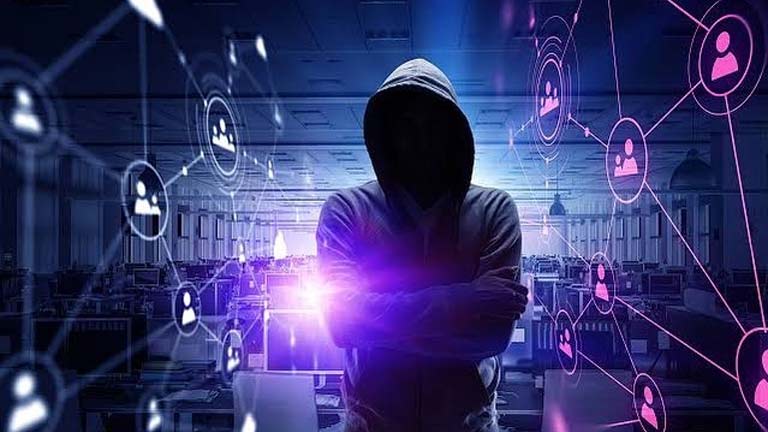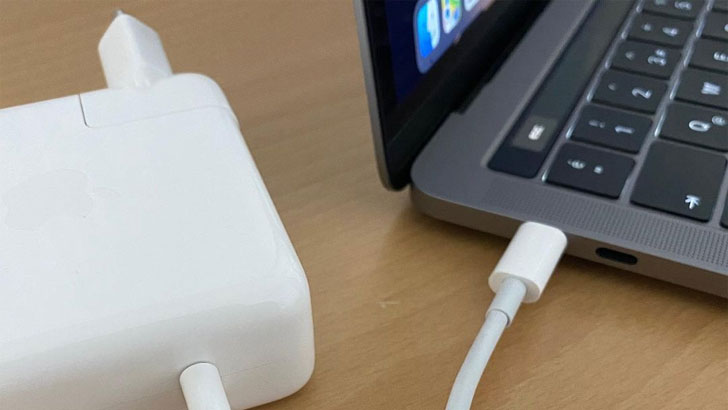In the ever-evolving world of detective work, technology plays a pivotal role in revolutionizing the way investigators crack cases. Gone are the days of magnifying glasses and fingerprint dusting alone. Today, detectives have an arsenal of cutting-edge tools and gadgets at their disposal. In this blog post, we’ll dive into the world of modern detective work and explore how technology is enhancing efficiency and accuracy in solving crimes.
The Digital Age Detective
Facial Recognition
Remember those moments in crime dramas when detectives manually sift through thousands of photos? In reality, facial recognition technology can identify individuals quickly and accurately, saving countless hours of manual work. It works like this:
- Image Matching: Software scans images from surveillance cameras or social media and compares them to known databases.
- Real-time Alerts: Law enforcement can receive real-time alerts when a person of interest is detected in public places.
Digital Forensics
Imagine a crime scene where the only witnesses are the digital footprints left behind by the perpetrator. This is where digital forensics comes into play. Detectives like Bond Rees are now skilled in analyzing digital devices like computers, smartphones, and tablets to extract crucial evidence. Here’s how technology aids in this process:
- Data Recovery: Specialized software can recover deleted files, text messages, and emails, potentially uncovering hidden clues.
- Metadata Analysis: Examining metadata (information about files) can help establish when and where a piece of evidence was created or modified.
- GPS Tracking: Access to a suspect’s location history through GPS data can establish their whereabouts at specific times.
Surveillance Advancements
Drones
The eyes in the sky have become indispensable tools for modern detectives. Drones equipped with high-resolution cameras and thermal imaging capabilities aid in:
- Search and Rescue: Drones can cover vast areas quickly, helping locate missing persons or evidence in challenging terrain.
- Crime Scene Mapping: Aerial views provide a broader perspective for reconstructing crime scenes and identifying patterns.
Body Cameras
Police officers now routinely wear body cameras that record their interactions with the public. These devices enhance transparency and serve as valuable evidence in investigations. Key benefits include:
- Accountability: Officers and suspects are more likely to act responsibly when they know their actions are being recorded.
- Evidence Preservation: Video footage captures real-time events, reducing disputes over what transpired during an incident.
Data Management and Analysis
Big Data Analytics
Detectives deal with massive amounts of data, from phone records to financial transactions. Advanced analytics tools help make sense of it all by:
- Pattern Recognition: Identifying recurring patterns or connections that may lead to suspects or motives.
- Predictive Policing: Using historical data to anticipate where crimes are likely to occur, allows law enforcement to allocate resources effectively.
Case Management Software
In the past, detectives relied on paper files and handwritten notes to manage cases. Today, purpose-built software streamlines the process:
- Evidence Tracking: Digital systems ensure that no piece of evidence is overlooked or misplaced.
- Collaboration: Detectives can share information and updates seamlessly with their colleagues, improving teamwork.
The Power of DNA
DNA Sequencing
DNA analysis has come a long way since its inception. Modern technology allows for faster and more accurate DNA sequencing. This aids detectives in:
Identifying Suspects: DNA profiles can be compared to criminal databases, potentially leading to the identification of suspects.
Exonerating the Innocent: DNA evidence has been instrumental in overturning wrongful convictions.
Phenotyping
Phenotyping technology takes DNA analysis a step further by predicting physical characteristics like eye color, hair color, and facial structure from DNA samples. This can help create more detailed suspect profiles.
Crime Scene Investigation
Laser Scanning
Traditional crime scene measurement methods involved tape measures and sketches. Laser scanning technology is changing the game by:
Accurate 3D Models: It create precise 3D representations of crime scenes, allowing investigators to revisit and analyze details later.
Reduced Contamination: Minimizes the need for physical contact with evidence, preserving its integrity.
Chemical Analysis
Sophisticated equipment can quickly identify substances like drugs or explosives, providing critical information to detectives:
Field Testing: Instant results help officers make informed decisions on-site.
Preservation of Evidence: Minimizes the need to send samples to a lab, saving time.
The Digital Footprint
Social Media Investigations
The digital age has given rise to a treasure trove of information on social media platforms. Detectives are adept at:
Monitoring Accounts: Gathering information, alibis, or threats made on social media.
Locating Suspects: Tracing individuals’ movements or connections through online activity.
Cell Phone Tracking
Mobile phones have become indispensable companions for most people. Detectives can leverage this by:
Tower Data: Pinpointing a suspect’s location by analyzing their phone’s connection to nearby cell towers.
GPS History: Reviewing a phone’s location history for investigative leads.
Challenges and Ethical Considerations
Privacy Concerns
While technology greatly aids detective work, it also raises concerns about privacy. Balancing the need to solve crimes while respecting individuals’ privacy rights is an ongoing challenge.
Data Security
With the abundance of digital evidence, ensuring the security of sensitive information is paramount. Detectives must guard against data breaches and unauthorized access.
Training and Resources
Staying up-to-date with rapidly advancing technology requires ongoing training. Law enforcement agencies must allocate resources for equipment and education.
Conclusion
Technology is transforming the world of detective work, making it more efficient and accurate than ever before. From digital forensics to facial recognition, surveillance advancements, data management, DNA analysis, crime scene investigation tools, and social media tracking, detectives have an array of cutting-edge tools at their disposal. However, with great power comes great responsibility, and law enforcement agencies must navigate ethical considerations and ensure the secure and ethical use of these technologies. As we continue to march forward into the digital age, one thing is certain: technology will remain a vital ally in the pursuit of justice.




